7 Reasons the Stock Market Is Selling Off
It has gotten downright ugly out there.
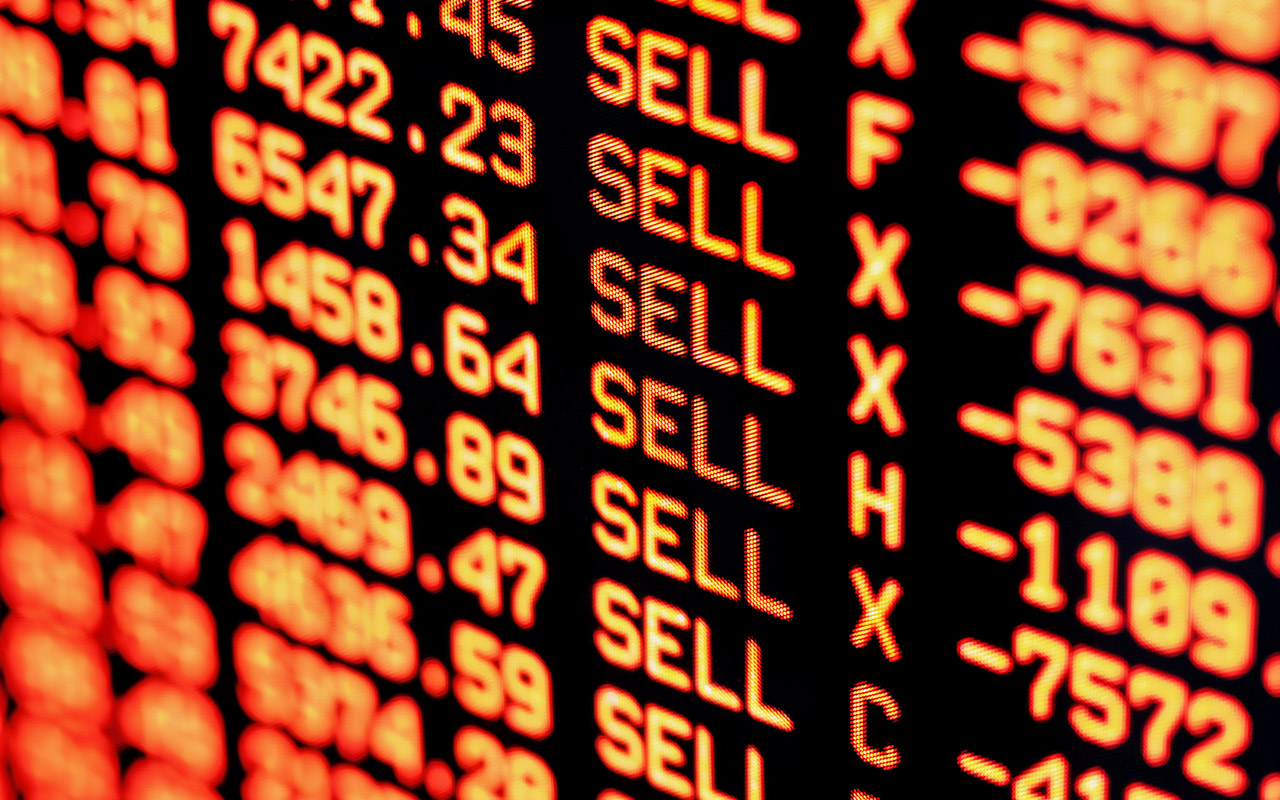

It has gotten downright ugly out there. The Standard & Poor’s 500-stock index has been dancing in and out of correction territory and is down about 8% from its all-time highs at time of writing. It’s also barely in positive territory in 2018.
It doesn’t get any prettier when you look at other corners of the market. The tech-heavy Nasdaq is up a meager 4% in 2018, but of more concern is that it’s down 12% from its late-summer highs, putting it well into official correction territory.
And when you drill down to the major players that have led the bull market in tech shares for years – the “FAANG” stocks Facebook (FB), Apple (AAPL), Amazon (AMZN), Netflix (NFLX) and Google parent Alphabet (GOOGL) – it’s a bona fide bloodbath. Facebook has lost more than a third of its value from its highs, and Netflix isn’t far behind. Apple has been sliced by a quarter. Amazon has shed nearly 20% of its value, as has Alphabet.
The picture doesn’t get prettier overseas. Chinese stocks are in an official bear market, and the iShares MSCI EAFE ETF (EFA), a proxy for developed international stocks, is flirting with bear-market territory.
We know it’s ugly out there; the question is why. The first-quarter selloff shook out many of the less committed holders, meaning remaining investors should have been a little harder to rattle. And earnings still look strong, as does the health of the economy. So, what gives?
It’s rarely just one thing. Selloffs almost always have multiple, sometimes overlapping, drivers. Here are seven of those reasons – including which ones could threaten the market further.
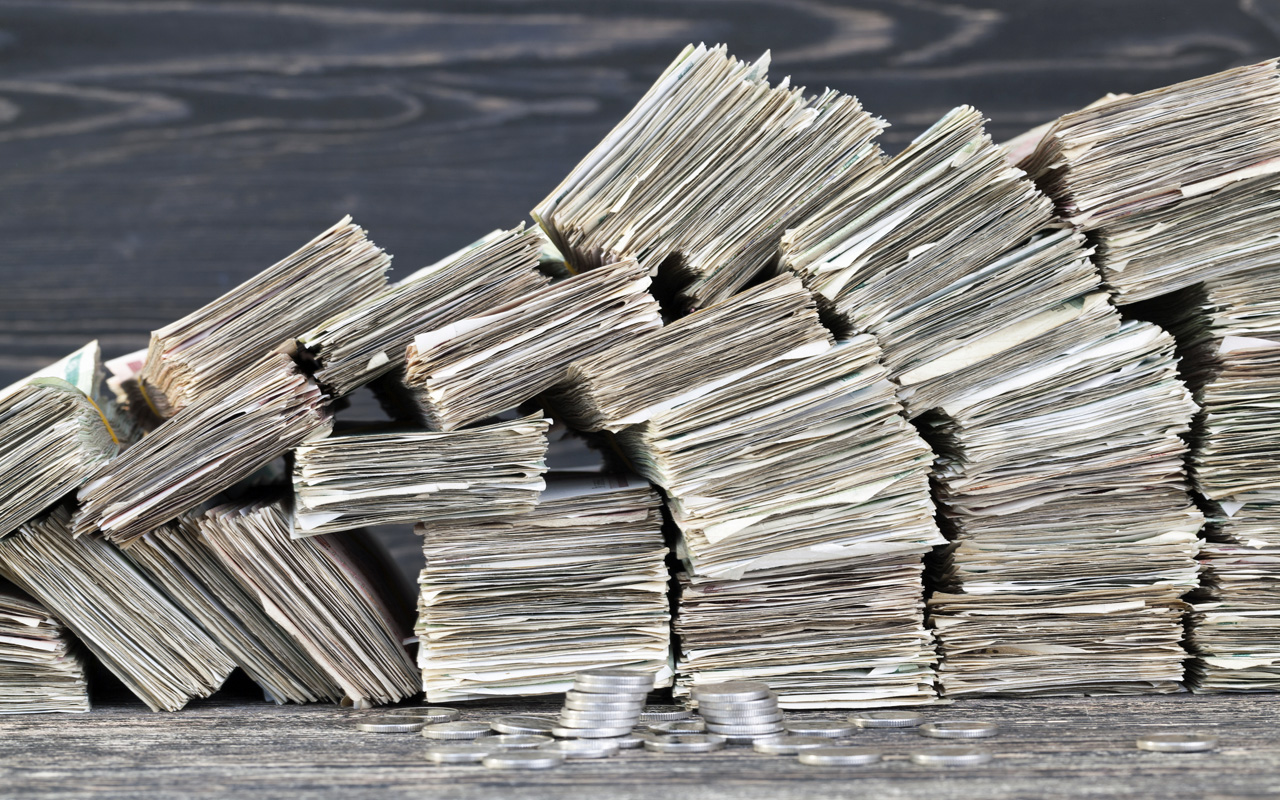
Valuations
Stocks never sell off simply because they are expensive. Expensive stocks can get vastly more expensive for years, just as cheap stocks can get vastly cheaper.
But while expensive valuations may not “cause” a selloff, per se, they certainly create the conditions that make them fall more violent. The higher stocks rise, the harder they can fall.
Let’s look at the numbers. The cyclically adjusted price-to-earnings ratio (“CAPE”) takes a 10-year average of corporate profits and compares them to current prices. This smooths out the effects of the business cycle, which can cause earnings to be temporarily inflated or depressed.
Before this little spate of volatility, the CAPE topped out at 33. But guess what? Even now, it sits above 30, still making it the second-most expensive market in history. Only during the 1990s tech bubble did stocks get more expensive.
With valuations this stretched, some sort of correction was inevitable. And stocks still aren’t even close to cheap.
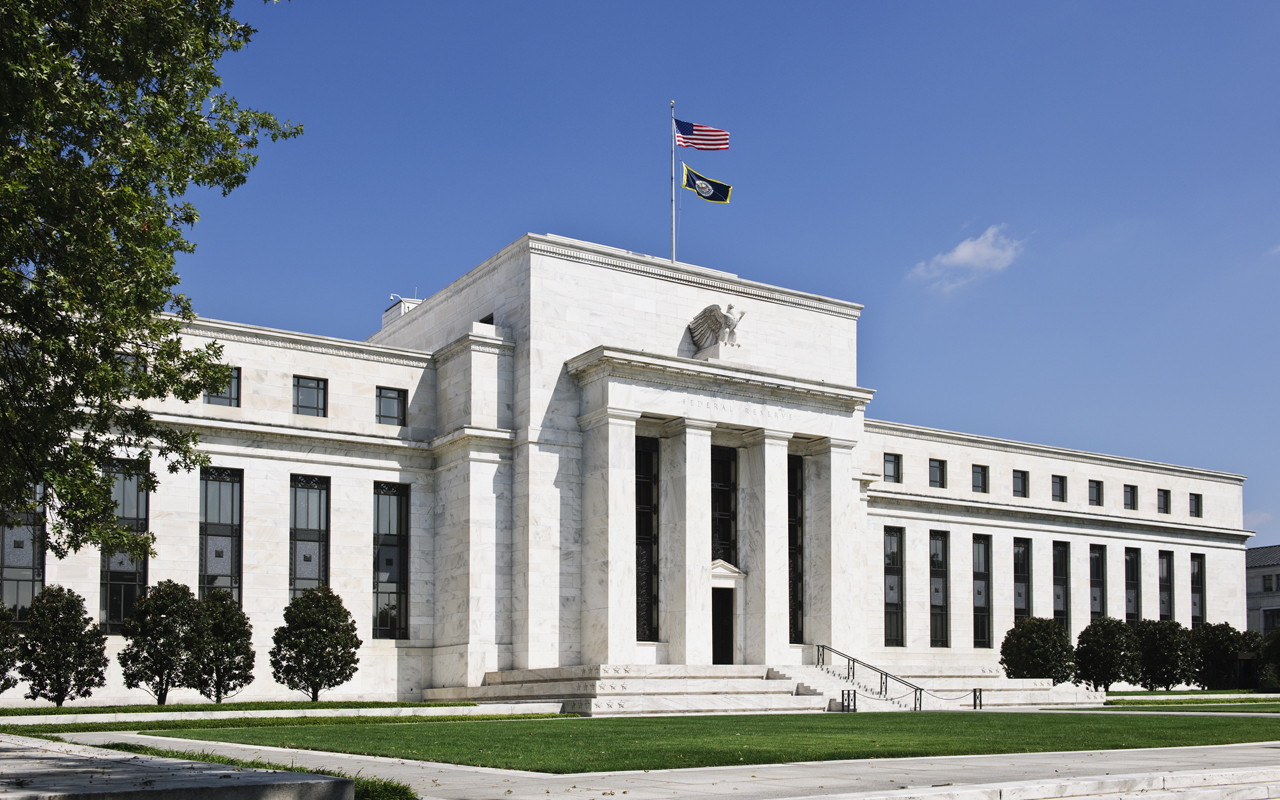
The Federal Reserve
One of most often quoted market mantras is “Don’t fight the Fed,” and with good reason. The Federal Reserve has a bigger wallet than you. It controls the supply of credit, which means it controls the amount of dollars available to flow into the stock market.
The Fed played a major role in supporting the stock and bond markets following the Great Recession, first by keeping the Fed funds rate anchored at zero percent and later by blowing out the balance sheet via quantitative easing. Under Chairman Ben Bernanke, the Fed hoovered up more than $3.5 trillion in government and agency bonds following the 2008 meltdown. That cash that this injected into the capital markets had to go somewhere, and a good chunk of it went into the stock market.
Well, the Federal Reserve has been raising the Fed funds rate (now at 2.25%) and has been slowly draining its balance sheet. Both of these pull cash out of the capital markets and create major headwinds for stocks.
It’s normal for the Fed to get more hawkish when the economy is strong. But the fear is that it’s too much too fast … and that one of the major drivers of this bull market has now gone into reverse.
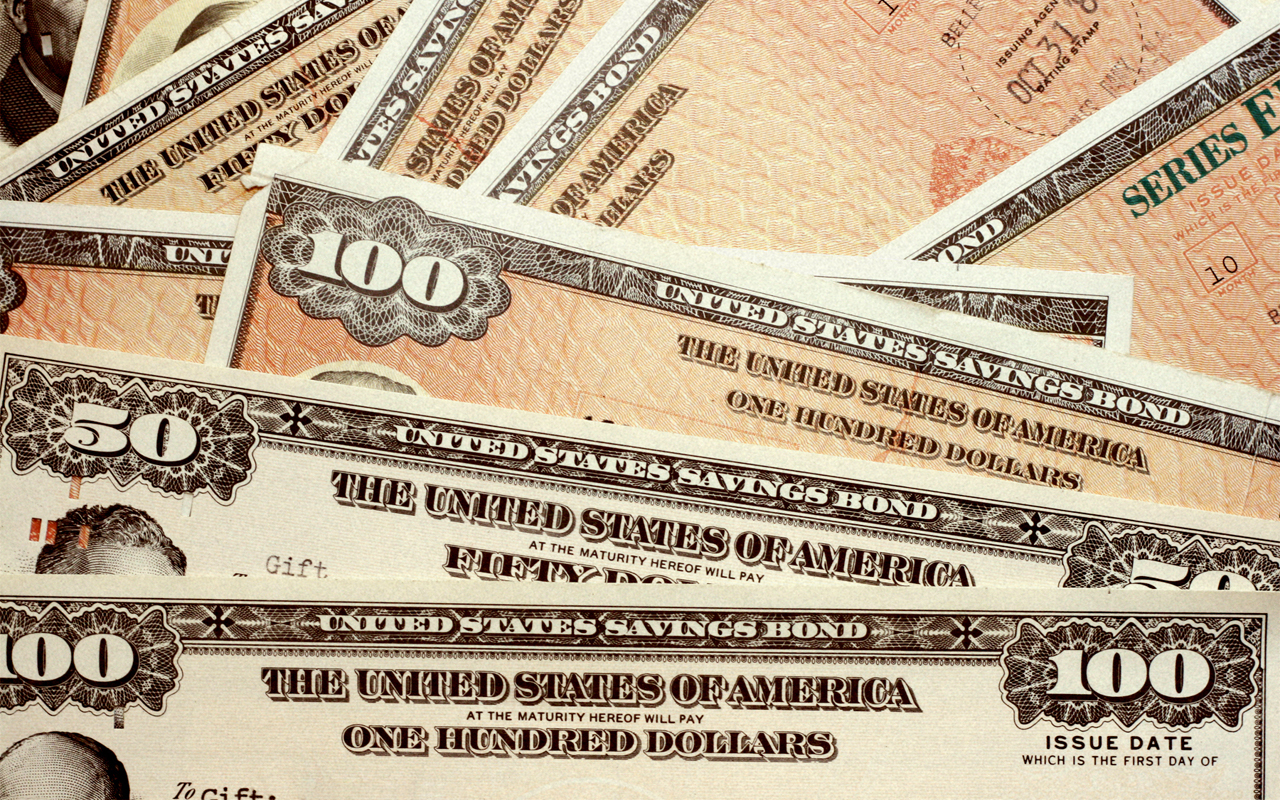
The Bond Market
The Fed has less control over the longer-term end of the yield curve than it does over the short-term. But it does play a role, particularly in the post-quantitative-easing era.
The Federal Reserve’s bond buying under Bernanke helped to keep bond prices high and bond yields low. But it wasn’t just the Fed. Coming out of the 2008 meltdown, investors craved safety, and bonds seemed to offer that. And with inflation near historic lows, investors were willing to tolerate yields that they might have shunned in a more normal era.
Well, bond yields bottomed out in mid-2016 and have been drifting higher ever since. Some of this is due to a lack of buying by the Fed, but changing sentiment by investors played a role too. With stocks reliably going higher throughout 2017 and much of 2018, low-yielding bonds seemed a lot less exciting.
Supply didn’t help either. After years of shrinking, the federal budget deficit started to rise aggressively this year. Rising supply and falling demand is a recipe for falling prices (and higher yields, as bond prices and yields move in opposite directions to each other).
Higher bond yields make dividend-paying stocks less attractive by comparison and pull investor capital out of the stock market. They also make financing more expensive, as every additional dollar spent on interest is a dollar not kept as profit. A decent bit of the run-up in stocks was due to bond yields falling, so their rise was an unwelcome development.
One more problem with bonds’ movement right now is fears over a “yield curve inversion.” This story explains the idea more fully, but in short, when shorter-term bonds begin to yield more than longer-term bonds, that has several times in the past signaled a coming recession.

Tariff Fallout
The world has never truly experienced “free trade.” Tariffs, taxes and regulations have always managed the process. But the general trend since World War II has been an opening of trade and a reduction in tariffs and other impediments.
That is now going in reverse.
Perhaps it’s not all bad. It’s fair to question whether legacy trade deals – which gave countries such as China preferential access and favorable terms – still make sense given China’s level of development and its ambitions as a geopolitical rival. Revisiting these trade deals probably makes sense.
The fear is that rather than doing a little housecleaning, we are potentially burning down the entire house. And in the meantime, consumers are paying more for several products, and American companies with global supply chains and a global clientele are seeing their profits getting potentially pinched. About a third of the S&P 500’s companies that reported third-quarter earnings have specifically mentioned the impact tariffs would have on profits.
We probably won’t see a repeat of the Smoot-Hawley Tariffs, which was a major contributor to the Great Depression of the 1930s. But the fear of the unknown definitely is having an impact on the stock market.

Housing Market Weakness
We all remember 2008. It was the worst financial crisis in decades, and it was brought on by a collapse in the housing market that in turn took out the banking sector.
So, investors are naturally skittish whenever they see weakness in the housing market. The Case-Shiller 20-City Index, a measure of home-price performance across 20 of America’s largest cities, has seen slowing growth since March. To be clear, home prices are still rising nationally. But they are doing so at the slowest pace in nearly two years, and many cities that have been at the center of the boom – such as Seattle and San Francisco – actually have seen prices fall.
Meanwhile, housing starts dropped significantly last month, as did building permits.
We don’t have bubble conditions in the housing market like we did in the years leading up to the 2008 meltdown. But after years of home price gains vastly outpacing wage gains, housing had become unaffordable in many markets. That wasn’t sustainable. And given housing’s outsized impact on the economy, it only makes sense that weakness in the housing market has contributed to jitters in the stock market.
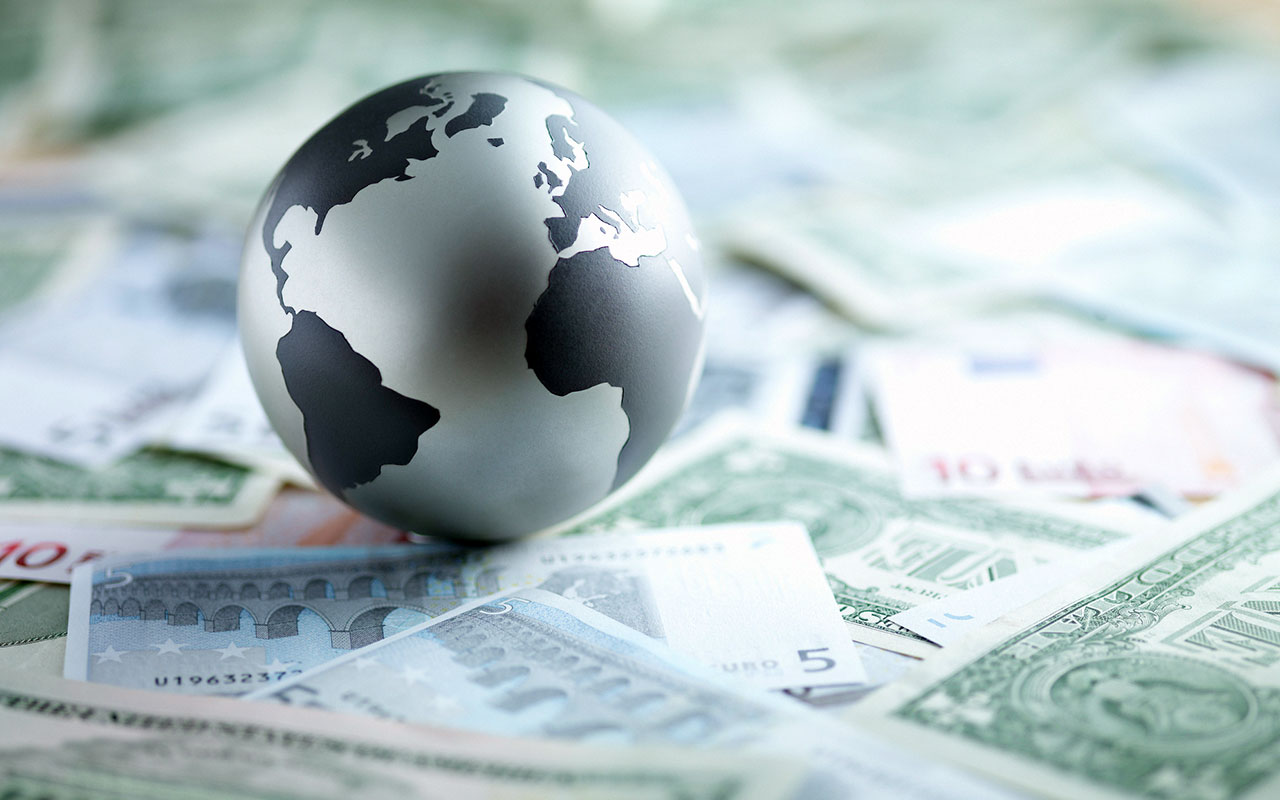
Weakness Overseas
It’s easy to assume that weakness in overseas markets is a result of the budding trade war with China. But the truth is that most of the world’s stock markets were struggling to keep up with the U.S. markets long before tariffs became part of the news cycle.
Brexit negotiations aren’t going particularly well, which has dampened enthusiasm for British and European assets alike. Italy appears to be in open rebellion against European Union budget rules, setting the stage for a confrontation that could severely rattle confidence in Europe. And facing a populist backlash at home, German chancellor Angela Merkel announced she would be stepping down as her party’s leader.
Meanwhile, emerging markets have seen investors flee for safety because of currency crises in Argentina and Turkey and weakness in China. China consumes a disproportionate share of the world’s raw materials, so any hard landing in China would have serious consequences for commodities producers in South America, Southeast Asia and even Australia.
Speaking of Australia, even the “lucky country” is having issues of late. Aussie home prices have been falling for the past year and the declines appear to be accelerating.
We live in a global market, and weakness overseas has a way of washing up on U.S. shores via lower demand for American products and less foreign money flowing into our capital markets.

Midterm Elections
It’s generally a mistake to put too much emphasis on politics. While Republicans are generally considered to be the more “business-friendly” party, stocks have often performed better under Democratic presidents. It seems that investors bid up stocks in anticipation of Republican pro-business agenda that never quite pans out as well as hoped, and they sell stocks off out of fear of a Democratic administration that ends up being less bad for business than anticipated.
The now-finished midterm elections were more of a distraction than anything else. But there is concern that the Democrats’ new majority in the House could put any new beneficial reforms on ice.
There’s also the harder-to-quantify aspect of the country’s political polarization reaching a boiling point that starts to affect consumer confidence and growth.
These are likely smaller contributing factors, but they are factors nonetheless.
Get Kiplinger Today newsletter — free
Profit and prosper with the best of Kiplinger's advice on investing, taxes, retirement, personal finance and much more. Delivered daily. Enter your email in the box and click Sign Me Up.

Charles Lewis Sizemore, CFA is the Chief Investment Officer of Sizemore Capital Management LLC, a registered investment advisor based in Dallas, Texas, where he specializes in dividend-focused portfolios and in building alternative allocations with minimal correlation to the stock market.
-
 6 Stunning Waterfront Homes for Sale Around the US
6 Stunning Waterfront Homes for Sale Around the USFrom private peninsulas to lakes, bayous and beyond, Kiplinger's "Listed" series brings you another selection of dream homes for sale on the waterfront.
By Charlotte Gorbold Published
-
 Six Reasons to Disinherit Someone and How to Do It
Six Reasons to Disinherit Someone and How to Do ItWhether you're navigating a second marriage, dealing with an estranged relative or leaving your assets to charity, there are reasons to disinherit someone. Here's how.
By Donna LeValley Published
-
 CPI Report Puts the Kibosh on Rate Cuts: What the Experts Are Saying About Inflation
CPI Report Puts the Kibosh on Rate Cuts: What the Experts Are Saying About InflationCPI Consumer price inflation reared its ugly head to start the year, dashing hopes for the Fed to lower borrowing costs anytime soon.
By Dan Burrows Published
-
 Fed Leaves Rates Unchanged: What the Experts Are Saying
Fed Leaves Rates Unchanged: What the Experts Are SayingFederal Reserve As widely expected, the Federal Open Market Committee took a 'wait-and-see' approach toward borrowing costs.
By Dan Burrows Published
-
 CPI Report Keeps the Fed on Track: What the Experts Are Saying About Inflation
CPI Report Keeps the Fed on Track: What the Experts Are Saying About InflationCPI Disinflation in key areas of consumer prices should help the Federal Reserve stick to its policy path of gradual cuts to interest rates.
By Dan Burrows Published
-
 Blowout December Jobs Report Puts Rate Cuts on Ice: What the Experts Are Saying
Blowout December Jobs Report Puts Rate Cuts on Ice: What the Experts Are SayingJobs Report The strongest surge in hiring since March keeps the Fed on hold for now.
By Dan Burrows Published
-
 The Cheapest Places To Retire in the US
The Cheapest Places To Retire in the USWhen you're trying to balance a fixed income with an enjoyable retirement, cost of living is a crucial factor to consider.
By Stacy Rapacon Published
-
 Fed Sees Fewer Rate Cuts in 2025: What the Experts Are Saying
Fed Sees Fewer Rate Cuts in 2025: What the Experts Are SayingFederal Reserve The Federal Reserve cut interest rates as expected, but the future path of borrowing costs became more opaque.
By Dan Burrows Published
-
 CPI Report Casts Doubt on Rate Cuts in 2025: What the Experts Are Saying About Inflation
CPI Report Casts Doubt on Rate Cuts in 2025: What the Experts Are Saying About InflationCPI November Consumer Price Index data sealed the deal for a December rate cut, but the outlook for next year is less certain.
By Dan Burrows Published
-
 Rebound in Jobs Growth Keeps Fed on Track: What the Experts Are Saying
Rebound in Jobs Growth Keeps Fed on Track: What the Experts Are SayingJobs Report No nasty surprises in the November payrolls data leaves a quarter-point cut in play.
By Dan Burrows Published
